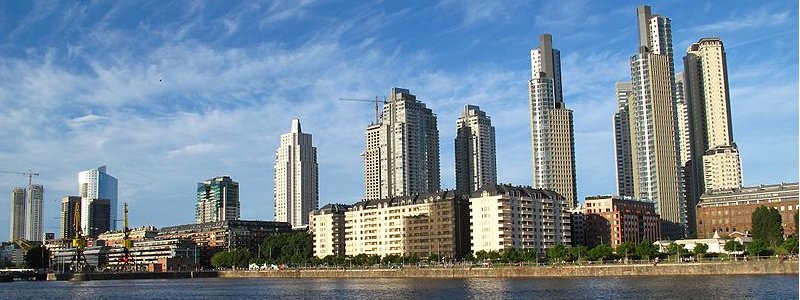 Puerto Madero, Buenos Aires
Puerto Madero, Buenos AiresSource: https://commons.wikimedia.org/wiki/File:Buenos_Aires_-_Puerto_Madero_142.jpg
Author: Stanley Wood

Buenos Aires is the capital and biggest city in Argentina. It covers 203 sq km (78.5 mi) and has a population of 2.9 million people (2011 estimate). The metropolitan area of Buenos Aires covers 4,758 sq km (1,837 sq mi). With a population of 12.8 million people, it is the second most populous metropolitan after that of São Paulo. Buenos Aires is three hours behind Coordinated Universal Time (UTC-3). The phone area code here is 011.
The city of Buenos Aires is located on the Río de la Plata, the wide river mouth formed by the confluence of the Uruguay River and the Paraná River. The city limits of Buenos Aires is marked by the river, along with the Río de la Matanza to the south and the Avenida General Paz, the expressway forming the border between the City of Buenos Aires and the Province of Buenos Aires.
Buenos Aires experiences four distinct seasons. The warmest month is January, when the day temperature rises to between 28°C and 31°C (82-88°F) while the night temperature hovers between 16 and 21°C *61-70°F). If there is a heat wave, then temperatures may rise to 35°C (95°F). The coldest month is July, when the day temperature drops to between 12°C and 17°C (54-63°F). Rainfall is heaviest during autumn and spring. The wettest month is March, with 153.9 mm (6.059 in) of precipitation, followed by October, with 139.3 mm (5.484 in).
Buenos Aires is often called the Paris of South America. This is particular so during the early 20th century. The city is credited as the birthplace of the Tango. It bears a strong influence to the culture, cinema, fashion of Latin America. Visitors to the city will still be able to admire many of its grand buildings that bear a strong European cultural influence. In addition, the city has modernized, with its fair share of skyscrapers.
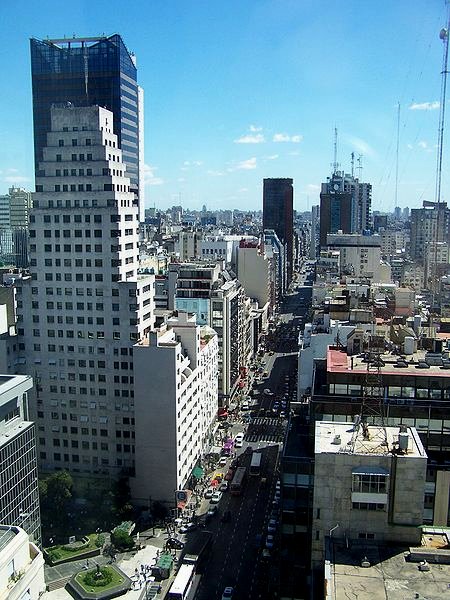 Corrientes Avenue in downtown Buenos Aires
Corrientes Avenue in downtown Buenos AiresSource: https://commons.wikimedia.org/wiki/File:Safico_Building_Avenida_Corrientes.jpg
Author: Cornelius

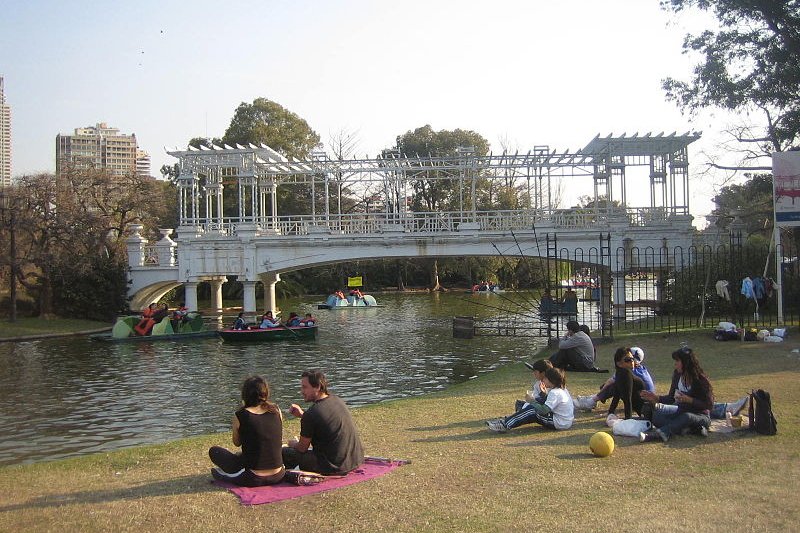 El Rosedal Bridge, Buenos Aires
El Rosedal Bridge, Buenos AiresSource: https://commons.wikimedia.org/wiki/File:El_Rosedal.jpg
Author: Rcidte

The founding of Buenos Aires is traced back to 1536. Twenty years earlier, Juan Díaz de Solís became the first European to arrive at the Río de la Plata. However he was killed shortly thereafter by the local Charrúa tribe.
Buenos Aires was founded by Pedro de Mendoza on 2 February, 1536. It was originally named Ciudad de Nuestra Señora Santa María del Buen Ayre, meaning "City of Our Lady Saint Mary of the Fair Winds". That initial settlement is located where at the San Telmo district of present-day Buenos Aires.
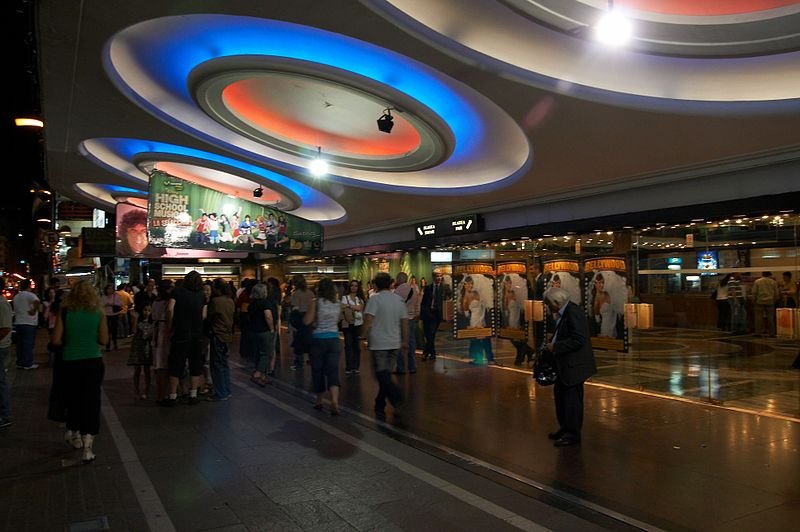 Cinema at Teatro Opera, Avenida Corrientes, Buenos Aires
Cinema at Teatro Opera, Avenida Corrientes, Buenos AiresSource: https://commons.wikimedia.org/wiki/File:Buenos_Aires_-_Avenida_Corrientes_-_Teatro_Opera.jpg
Author: Barcex

For much of Argentina's history, Buenos Aires was its most important city. In 1776, it became the capital of the Viceroyalty of Río de la Plata. By the 19th century, it was already the capital of the Buenos Aires Province. It became the capital of Argentina in 1880.
Today Buenos Aires is a modern city comprising 48 districts or barrios. These are based on the traditional Catholic parishes (parroquias). A more recent administrative division of Buenos Aires divides it into 15 communes (comunas).
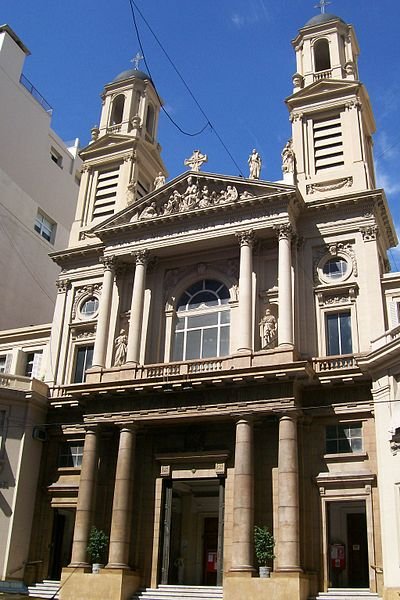 Igreja de San Nicolás de Bari, Buenos Aires
Igreja de San Nicolás de Bari, Buenos AiresSource: https://commons.wikimedia.org/wiki/File:Iglesia_de_san_nicolas_fachada_1.JPG
Author: Aleposta

Visiting Buenos Aires, Argentina
The Ezeiza International Airport (EZE) is the main gateway to Buenos Aires for the majority of visitors. It is 33 is km from downtown. Transport out of the airport include buses, minibuses, taxis and hired private cars. A trip by the Manuel Tienda León buses cost 45 pesos to Retiro, in downtown Buenos Aires. Prepaid taxis cost 150 pesos.Exploring Buenos Aires
Buenos Aires has a subway system or metro. You can reach most of the major tourist attractions by taking it. The city itself is laid out in a grid. Walking is a good way to explore.Districts of Buenos Aires
- Almagro
- Belgrano
- Boedo
- Caballito
- Congreso
- La Boca
- Microcentro
- Palermo
- Puerto Madero
- Recoleta
- Retiro
- San Cristobal
- San Telmo
- Tribunales
 Latest updates on Penang Travel Tips
Latest updates on Penang Travel Tips

Copyright © 2003-2025 Timothy Tye. All Rights Reserved.

 Go Back
Go Back